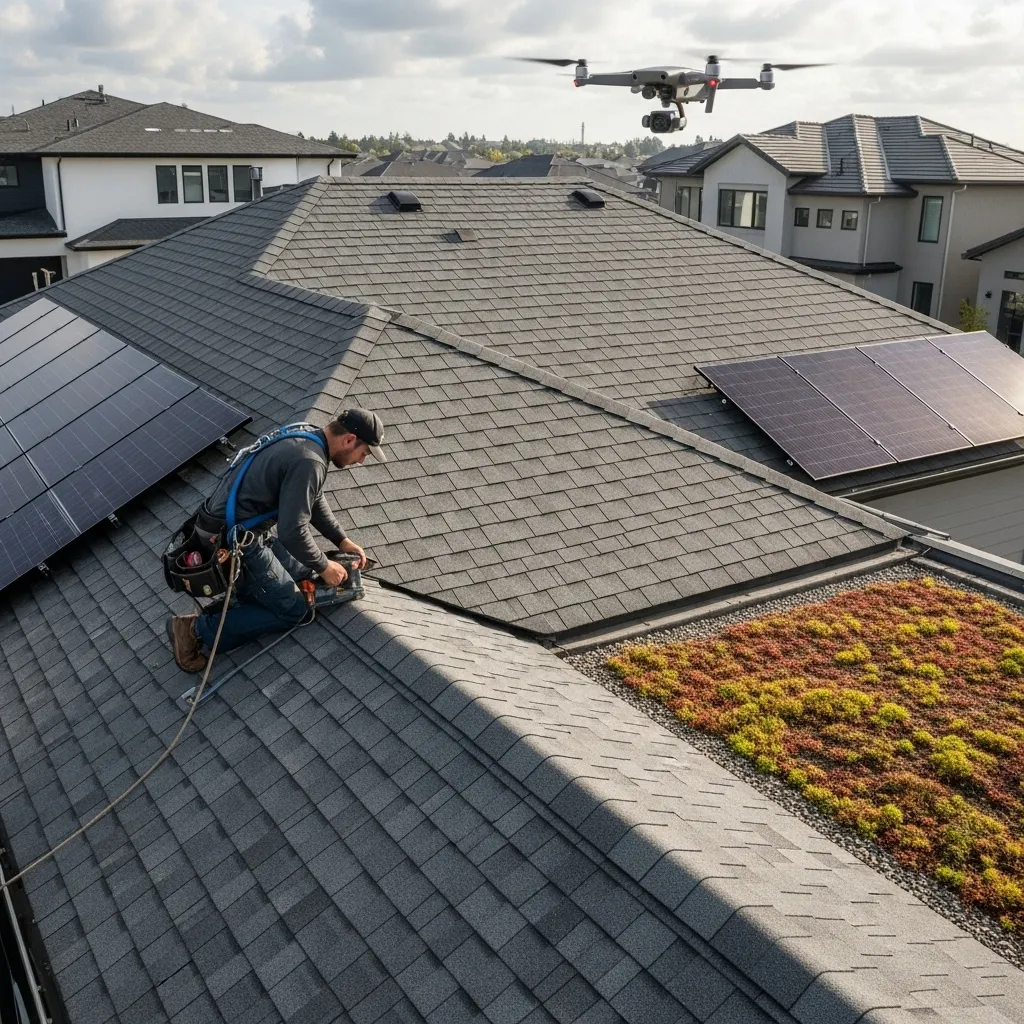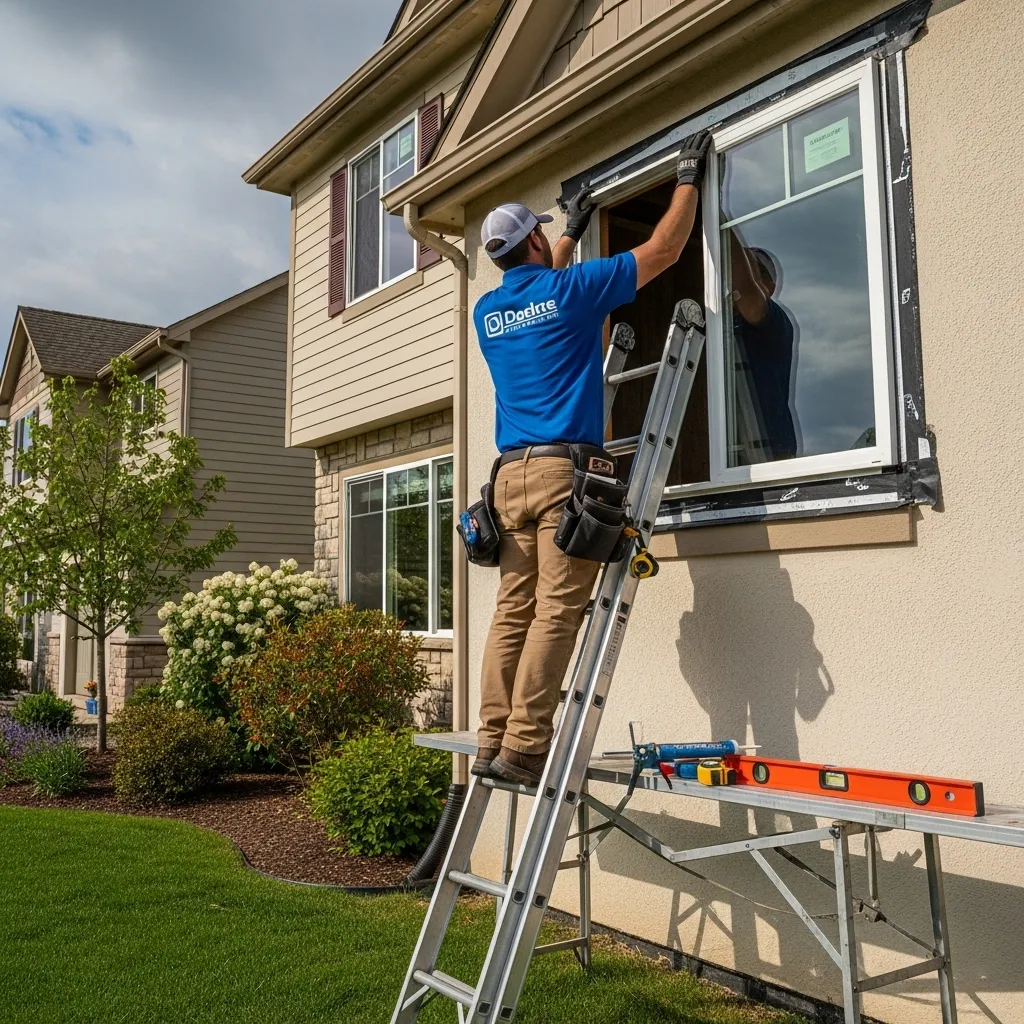Roofing Jobs Review 2025: A Comprehensive Insight into Opportunities, Challenges, and Future Trends
The roofing industry is one of the most essential sectors within the construction market, ensuring the safety, energy efficiency, and durability of buildings. In 2025, the landscape of roofing jobs has evolved significantly due to technological innovations, growing sustainability concerns, and shifting labor market trends. This article will provide an in-depth roofing jobs review 2025, exploring the opportunities, challenges, salaries, skill requirements, and future outlook for professionals considering or currently working in this field. Whether you are a seasoned roofer or a newcomer seeking a stable career path, this comprehensive guide will help you understand where the industry stands today and where it is heading.

The Current State of Roofing Jobs in 2025
In 2025, roofing jobs are experiencing a stable demand across residential, commercial, and industrial sectors. The construction industry continues to recover from previous economic disruptions, and the surge in infrastructure development projects has created a steady stream of work for roofers nationwide.
Additionally, government incentives for energy-efficient and sustainable housing have spurred a rise in eco-friendly roofing installations, driving the need for skilled workers. Many employers are actively seeking individuals who are trained in the latest roofing technologies and safety protocols.
Market Growth and Employment Trends
The overall employment outlook for roofing jobs in 2025 shows consistent growth. According to recent industry reports, the roofing sector has seen a 6–8% annual increase in job postings compared to previous years. This growth is largely attributed to aging infrastructure, increased housing demand, and stricter building codes requiring regular roof inspections and replacements.
Furthermore, the shift toward renewable energy has also boosted demand for roofers who can install solar panels and green roofing systems. This has created specialized roles within the industry, offering higher pay scales and career advancement opportunities.
Salary Expectations and Compensation Packages
One of the key considerations in this roofing jobs review 2025 is salary. Roofing professionals can expect competitive compensation, with average wages ranging from $22 to $35 per hour depending on experience, location, and specialization. Senior roofers and supervisors can earn upwards of $80,000 annually, especially in regions experiencing rapid construction growth.
In addition to base pay, many companies are offering comprehensive benefits such as health insurance, paid time off, retirement plans, and performance bonuses to attract and retain skilled workers in a competitive labor market.
In-Demand Skills and Certifications
The modern roofing industry requires more than just physical strength and endurance. Employers are increasingly seeking workers with specialized technical skills, safety training, and certifications. Some of the most valuable qualifications for roofing jobs in 2025 include:
Top Certifications
- OSHA Safety Certification – Ensures compliance with safety standards.
- NRCA ProCertification – Recognized credential for professional roofers.
- Green Roof Professional (GRP) – For sustainable and energy-efficient roofing expertise.
- Solar Roofing Certification – For installing photovoltaic systems on rooftops.
These credentials not only enhance employability but also open doors to higher-paying positions and project leadership roles.
Technology and Innovation in Roofing
Technological innovation is reshaping roofing jobs in 2025. Drones are now widely used for roof inspections, reducing the risks associated with manual checks. Roofing software tools are streamlining project estimates, material tracking, and scheduling.
Moreover, new materials like self-healing shingles, reflective coatings, and modular roofing panels have entered the market, requiring roofers to stay updated on installation techniques. Workers who adapt to these emerging technologies can position themselves as valuable assets in the industry.
Safety Standards and Workplace Conditions
Safety remains a top priority in the roofing industry. Due to the physically demanding and high-risk nature of the job, companies are investing heavily in safety training and equipment to protect workers on-site. In 2025, enhanced personal protective gear and advanced fall prevention systems have reduced workplace accidents significantly.
Employers are also adopting digital safety monitoring systems that track compliance in real time. This proactive approach ensures safer working conditions and minimizes legal liabilities, which benefits both workers and businesses.
Career Pathways and Advancement Opportunities
There are multiple career pathways within roofing jobs for those looking to grow. Entry-level laborers can progress to journeyman roles, foreman positions, and eventually project managers or company owners. Specialized fields like solar roofing, green roofing, and commercial roof systems offer higher salaries and greater job security.
Common Career Progression
- Apprentice Roofer
- Journeyman Roofer
- Roofing Foreman
- Project Manager
- Roofing Contractor/Business Owner
Employers are increasingly offering structured training programs and mentorship to help workers climb the ladder more quickly, making the industry more appealing to young professionals.
Challenges Facing the Roofing Industry in 2025
Despite its growth, the roofing sector faces several challenges. One of the biggest issues is the skilled labor shortage. Many experienced roofers are nearing retirement, while fewer young workers are entering the trade. This talent gap is putting pressure on companies to raise wages and invest in training.
Other challenges include rising material costs, fluctuating weather patterns that delay projects, and stricter regulatory requirements. Companies must balance these operational hurdles while maintaining profitability and worker satisfaction.
The Impact of Sustainability and Green Roofing
Environmental sustainability has become a major driving force in shaping roofing jobs in 2025. The demand for energy-efficient roofing systems, such as cool roofs, solar-integrated roofs, and vegetative green roofs, is at an all-time high. These systems reduce energy consumption, lower utility bills, and extend roof lifespan.
Roofers with expertise in green materials and eco-friendly installation practices are especially sought after by contractors and government projects aiming to meet environmental targets. This trend is expected to accelerate, offering lucrative opportunities to workers who embrace sustainable construction practices.
Future Outlook and Predictions
The future of roofing jobs appears promising beyond 2025. With ongoing urbanization, infrastructure upgrades, and climate resilience projects, the demand for skilled roofers will remain strong. Technological automation will make certain tasks safer and faster, but human expertise will continue to be essential for complex installations and repairs.
Industry analysts predict that job growth will remain steady over the next decade, especially in regions investing heavily in renewable energy and climate-resilient infrastructure. This positions roofing as a stable and future-proof career choice.
Conclusion
In this comprehensive roofing jobs review 2025, we’ve explored the industry’s current landscape, growth trends, salary expectations, skills requirements, technological advancements, safety improvements, and sustainability influences. The roofing sector continues to evolve, offering numerous opportunities for both entry-level and experienced professionals. While challenges like labor shortages and rising costs persist, the overall outlook is positive.
For individuals seeking a reliable, rewarding, and future-oriented career path, roofing jobs in 2025 present a compelling choice. By gaining the right skills, certifications, and adaptability to industry trends, professionals can build long-term success in this vital field of the construction industry.











